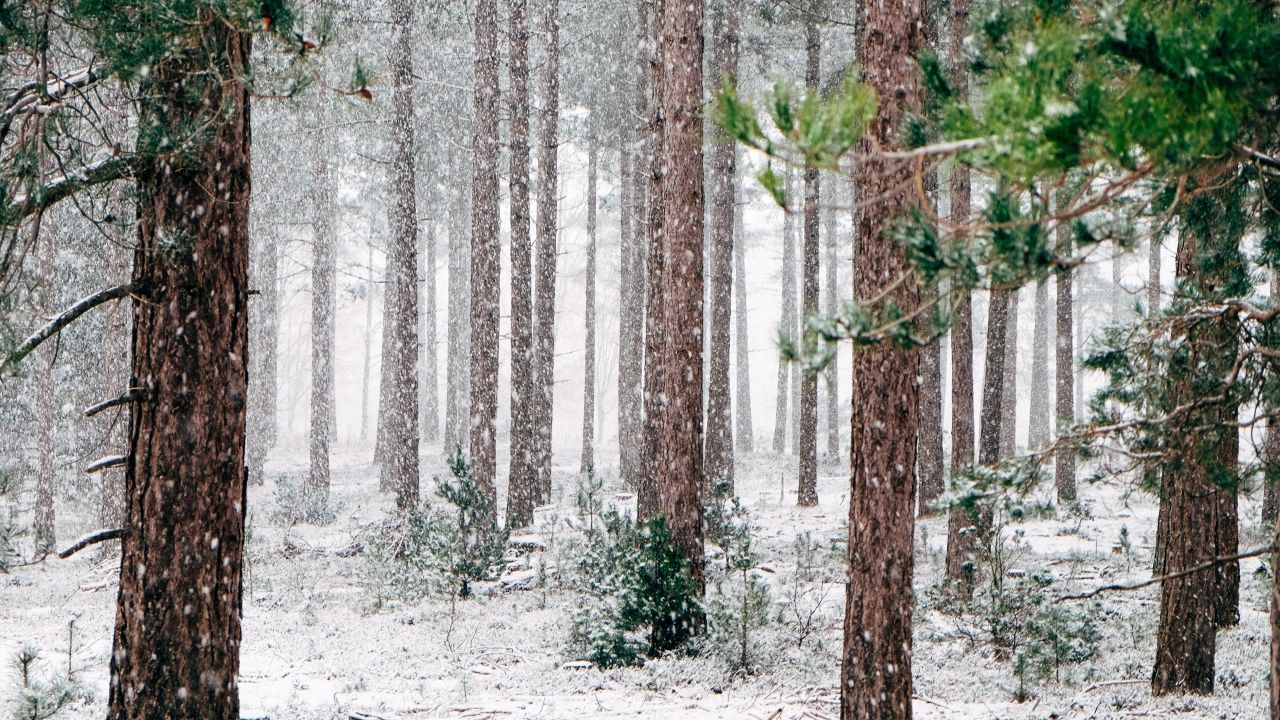Written by Chris Majerle, PCAM on January 14, 2021
Rental Management Edition
It costs only about $250 to winterize a home and about $25 if you do it yourself. We find a lot of owners who would rather not spend the money because they have the heat on anyway. But, whether it’s the wind that blows out a pilot light, a malfunction, or someone forgets to pay the gas or electric bill, heat can fail. When it’s your personal residence or a tenant-occupied house and the heat goes out, someone gets cold and calls the HVAC contractor. But when they’re vacant, no one knows.
It takes only a few hours of 30 degrees or lower temps to freeze the water pipes. Water expands when it freezes and is so powerful, it will actually tear a gash in a copper pipe. Frozen pipes are no problem—the ice blocks the flow of water. But, when the temperature rises, the ice will thaw and that water will begin to flow. Of course, there’s no one home then, either, so the water will flow until it flows into another unit or out the front door. That is when you’ll learn you have a problem.
In a typical house, there is a main water valve. In a property with a basement, it is generally on the front basement wall. Homes without a basement will usually have the main valve located either in a utility closet, near the water heater, or under the kitchen sink. Your first task is to turn off the main water valve.
Gravity is your laborer when you winterize most houses. Simply open every valve in the house: Sinks, showers, tubs, laundry tubs, outside faucets. Flush the toilets to drain the tanks. Disconnect washing machines and lay the hose down on the floor—the water will drain out. At this point, you have no water in your freshwater supply lines. You still have water in toilet bowls and traps. There is a trap under each sink, tub, and shower. At West Marine or any RV store, Home Depot, or Lowes, you can purchase potable anti-freeze. This is an environmentally-friendly anti-freeze that can be flushed into the sewer system. Pour about a quart into each drain and about one-half gallon into each toilet. You now will have protected your sewer traps and toilets.
What’s left? You could actually drain the water heater, although they do take a lot longer to freeze. If you do, turn off the gas or electricity first. Then, there’s a valve at the bottom that will allow you to connect a hose and drain it into a floor drain or out a door. If you have a hot water heating system, you will need to blow the water out of the radiators. For this, you will need an air gun or, better yet, a plumber.
When it’s time to re-supply water to the property, simply close ALL of those valves you opened and turn on the water supply. That potable anti-freeze will wash right out of the drains and toilets with no damage to pipes or the environment.
Townhouses can freeze, too. We recommend winterizing these, as well. Condos often have heat supplied from multiple neighbors, but you may want to at least turn off all the valves so, if there is a broken pipe, water will not spew.
For a few dollars, you now can rest easy that, if the heat fails in your vacant home, you will suffer little or no pipe damage and absolutely no water damage to drywall, plaster, carpet, or flooring and no mold. It’s a small price to pay.


